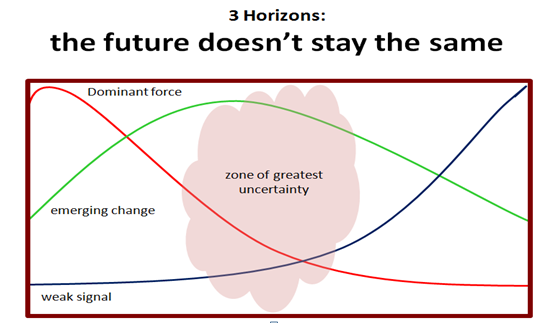So why did I call this blog post “client engagement- full of whipped cream and lumpy gravy?” Often both are ‘heaped’ onto the poor (final) solution found underneath the client- consulting engagement process. Both are layered on to mask the truth that the ones responsible don’t really understand how to make this process really work.
Managing innovation suffers from this an awful lot. We do need to understand all the ingredients that make up innovation, often we just try to’ top’ them off, failing to understand everything that needs to become part of the final solution.
I’m sure many of you have witnessed or been involved in poor client- consulting engagements. Often the root cause of poor end results within this process stems from a poorly structured engagement briefing process – my lumpy gravy.
This creates the effect of creating many problems in delivering back not the best advice or solution to the real problem, offering up the lashings of whipped cream to cover up the bland solution dish underneath.
The engagement process does still rankle for me as it causes many of the difficulties and tensions within the emotions that many projects seem to swing through – trusted and distrusted — loved and despised — all in equal measure where many variations could be reduced with a little thinking and challenging.
Avoiding some of the pitfalls
So I thought I’d take a look at some of the problems within the client – consulting engagement process that can mask what is really lying underneath.

 Don’t let anyone tell you it is easy to run your own business, it is far from that. I thought I’d write about what and where it has meaning for me in this “finding our true purpose”.
Don’t let anyone tell you it is easy to run your own business, it is far from that. I thought I’d write about what and where it has meaning for me in this “finding our true purpose”.


